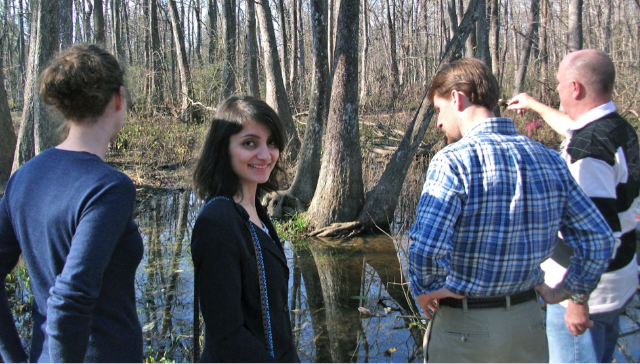
When you drive on the highway, you definitely encounter a wealth of diversity. Chinese, Turkish, Kurdish, and Greek travelers are common - and its not surprising since the highway has historically had great strategic importance. Historically speaking, this was a caravan trail, one branch of the ancient Silk Road.
Make sure to take note of the landscape, which is quite formidable - the high mountain peaks, deep gorges and torrential Indus running along the track with its full might. More recently, the Chinese and Pakistani governments have built a highway.It is the highest border crossing in the world, over 4800 meters (roughly 16,000 feet) in the Khunjerab Pass at the border.
Here are some particulars and numbers. The highway is around 1300 kilometres (800 miles), and begins in a place called Hassan Abdal, which is near to Islamabad. It goes through Abbottabad, a place where military generals live (and which garnered widespread fame after OBL was found there). The highway then passes through Mansehra, crosses the River Indus at Thakot, on to Gilgit (through Besham, Pattan and Sazin) and then to Chilas, Hunza and Sost before crossing the Khunjerab Pass at the height of some 4800 metres (15,750ft) - the Zero Point between Pakistan and China. It then enters the high Central Asian plateau before winding down through the Pamirs to Kashgar, at the western edge of the Taklamakan Desert.

Some tips about traveling on this highway.
If you are travelling by a car, my advice to you is that you must have a SURPLUS supply of water and fuel with you. Chances are that your car will heat up and the fuel will run out. No jokes, you will have to drive miles before you see any signs of civilization and even then, you won't be sure if the "amenities" they will have will include water and fuel. We ran out on both.
Secondly, on the way you might want to stop by at a few places such as Chilas (which I called Hot-ass) since we went in summer when temperatures were 40 C and above, and no air-conditioning (or electricity for fans). So my advice is to go at a better cooler time around February. However, you can choose to stop at cooler places, further up north but that would be a long non-stop trip. The thing you must know is that although the altitude of KKH gives the impression of it being reasonably cool in temperature, it also crosses the desert (Kohistan I believe) so be prepared for desert-like conditions.
To relieve yourself, you will not find bushes, but rocks. That being said, rocks are a good alternative compared to the holes offered at the towns. There is a lot of rock. Landslides happen. Travel in the day, even if it is hot. The area is desolate and if travelling alone (which I highly advise against), then you can get pretty depressed
Sights you see on the way:
- Settlements and cities including Bahrain and Madyan (strangely these were cities in the Middle East
- Glaciers, big ones
- Mountains, really big ones
- Crazy drivers with homicidal tendencies


